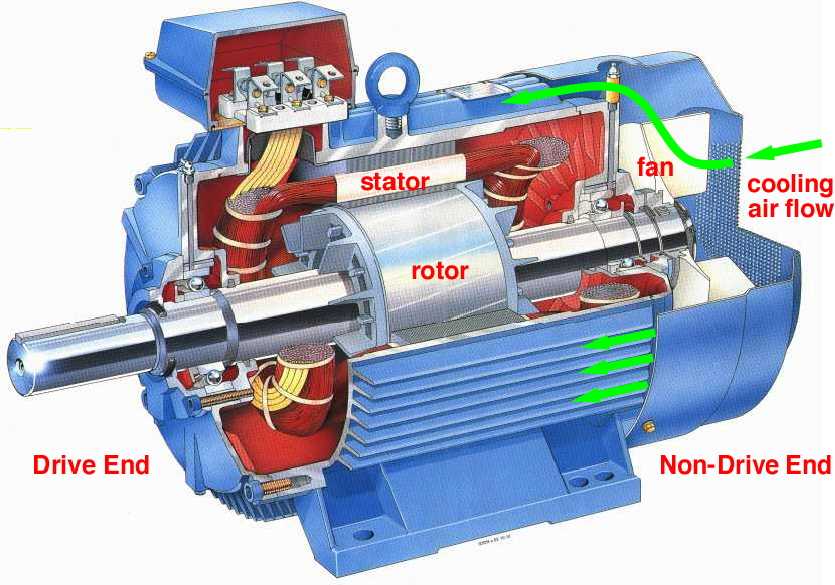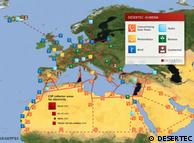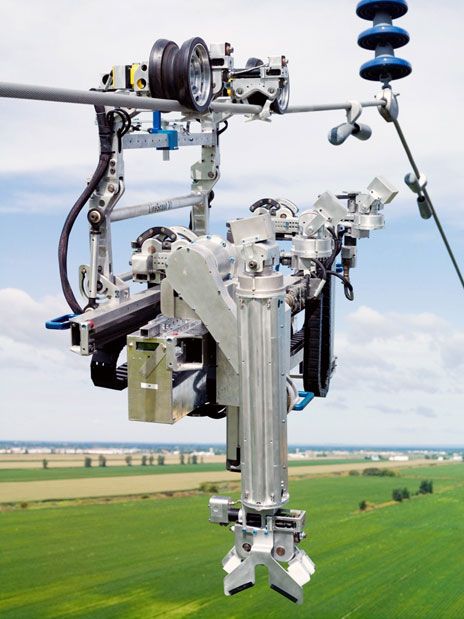Getting to know these basic energy terms can help you understand - and lower - your utility bill.
 Amp
Amp
Short for "ampere" - this measures the amount of electricity moving through a wire. Most household appliances use 15 or 20 amps of power. Amps are what give electricity its "shock."
Volt
Volts or voltage, is the pressure that pushes the electricity through the wires. This is how electricity gets from the power plant to your house - high-voltage transmission lines carry the electricity under greater pressure to carry it long distances, while lower-voltage power lines serve individual homes and businesses.
Watt
Watts, or wattage, is how electric use is measured - the amount of power a device consumes. Wattage is equal to the amperage multiplied by the voltage (amps X volts = watts).
Kilowatt
A kilowatt (kW) is equal to 1,000 watts. This is how electric companies measure how much electricity your family uses at home. Most homes use about 10,000 kilowatts each year.
 Kilowatt-hour
Kilowatt-hour
A kilowatt-hour (kWh) is the unit of energy equal to that expended by one kilowatt in one hour.
Megawatt
A megawatt (MW) is one million watts. A large-scale power plant produces more than 500 MW a year.
Btu
This is an abbreviation for British thermal unit - the amount of heat needed to raise the temperature of one pound of water by one degree. The heat output of a natural gas flame is measured in Btus.
Therms
A therm is equal to 100,000 Btus - this is how utility companies measure how much natural gas your family uses.








 Amp
Amp Kilowatt-hour
Kilowatt-hour









































